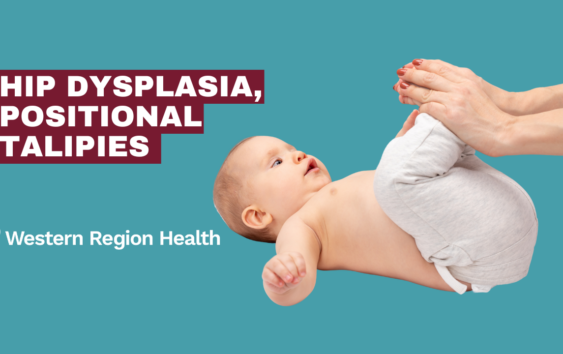General | February 2, 2024
Cultivating Relief: How Osteopathy Can Transform Your Gardening Experience
Dr Gretta Dias-OSTEOPATH-Bachelor of Health Science and Applied Science
Gardening is a fulfilling and therapeutic hobby that connects individuals with nature. However, for many garden enthusiasts, the joy of cultivating their green haven can sometimes be accompanied by the unwanted companion of back pain. Thankfully, there’s a holistic and hands-on solution that not only provides relief but empowers gardeners of all ages to nurture their passion pain-free – osteopathy.
Understanding the Back Pain Challenge:
Gardening, a physically demanding activity, often takes a toll on our bodies, regardless of age. The repetitive motions involved in planting, weeding, and tending to the garden can strain the back, leading to chronic discomfort that may hinder the ability to fully enjoy this beloved pastime.
Enter Osteopathy:
Osteopathy is a holistic approach to healthcare that focuses on the musculoskeletal system’s health. Osteopaths use hands-on techniques to diagnose, treat, and prevent a wide range of conditions, including back pain. By addressing the root cause of discomfort, osteopathy offers a natural and effective solution for gardeners seeking relief.
Benefits of Osteopathy for Gardeners:
- Tailored Treatment Plans: Osteopaths understand that each gardener’s body is unique. They tailor treatment plans to address the specific needs and challenges faced by those who revel in the art of gardening, ensuring a personalized approach to pain management.
- Improved Joint Mobility: Osteopathic techniques aim to enhance joint mobility and flexibility, essential for avid gardeners who often find themselves crouching, kneeling, or reaching for various gardening tasks.
- Enhanced Blood Circulation: Osteopathy promotes better blood circulation, crucial for delivering oxygen and nutrients to muscles and tissues. Improved circulation supports the body’s natural healing process, aiding in the recovery from strains and injuries.
Proactive Management Strategies:
In addition to seeking osteopathic treatment, there are several proactive strategies gardeners can implement at home to manage and prevent back pain:
- Warm-Up and Stretching: Prior to engaging in gardening tasks, indulge in a brief warm-up routine followed by gentle stretching. This helps prepare the muscles and joints for the physical demands ahead.
- Ergonomic Gardening Tools: Invest in ergonomically designed gardening tools that reduce strain on the back and joints. Long-handled tools and raised beds can minimize the need for excessive bending and reaching.
- Pacing and Breaks: Break down gardening tasks into manageable sessions and take regular breaks to avoid overexertion. This not only prevents fatigue but also allows the body to recover, reducing the risk of chronic pain.
- Core Strengthening Exercises: Incorporate exercises that strengthen the core muscles, providing essential support to the back. Activities like yoga or Pilates can be particularly beneficial.
While osteopathy offers effective relief for existing back pain, it also plays a pivotal role in proactive pain management. Regular maintenance treatments can help prevent the recurrence of pain, allowing gardeners to continue nurturing their gardens with passion and joy.
Gardening is a source of joy and fulfillment, and back pain should not stand in the way of this cherished hobby. Osteopathy, with its holistic approach and hands-on techniques, provides a beacon of hope for garden enthusiasts of all ages. By combining osteopathic treatment with proactive home strategies, individuals can cultivate a pain-free gardening experience, ensuring that their time spent among blossoming flowers is truly enjoyable and free from the shadows of persistent back pain.
References:
1. Ceballos-Laita, L. et al. (2023) ‘The effectiveness of visceral osteopathy in pain, disability, and physical function in patients with low-back pain. A systematic review and meta-analysis’, EXPLORE, 19(2), pp. 195–202. doi:10.1016/j.explore.2022.10.021.
2. Dal Farra, F. et al. (2021) ‘Effectiveness of osteopathic interventions in chronic non-specific low back pain: A systematic review and meta-analysis’, Complementary Therapies in Medicine, 56, p. 102616. doi:10.1016/j.ctim.2020.102616.
3. Rehman, Y. et al. (2020) Osteopathic manual treatment for pain severity, functional improvement, and return to work in patients with chronic pain, De Gruyter. Available at: https://www.degruyter.com/document/doi/10.7556/jaoa.2020.128/html (Accessed: 13 December 2023).


